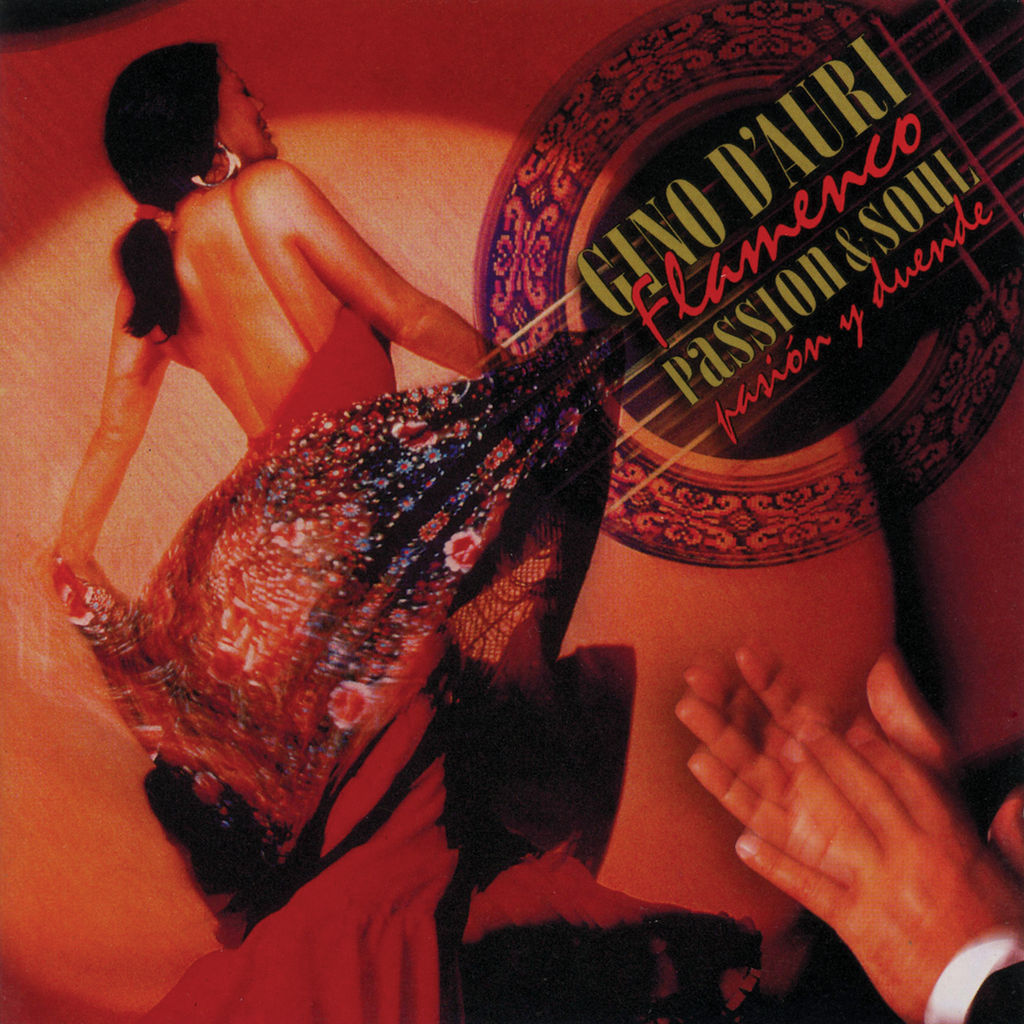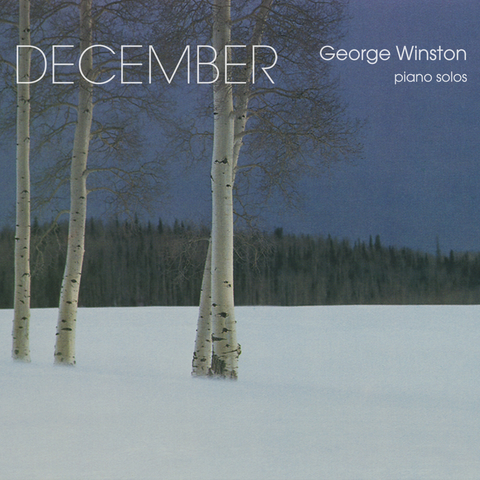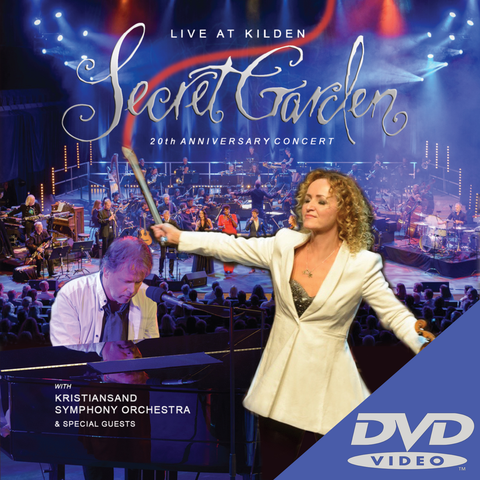
Hearts of Space Records
Gino D'Auri - Flamenco Passion & Soul
| MP3 Album | $ 8.98 | Add to Cart |
| WAV Album | $ 11.98 | Add to Cart |
| Track List | |||||
| Barrio San Miguel (MP3) | $ 1.39 | Add to Cart | |||
| Ida Y Vuelta (MP3) | $ 1.39 | Add to Cart | |||
| Pasion Y Duende (MP3) | $ 1.39 | Add to Cart | |||
| Galicia Flamenca (MP3) | $ 1.39 | Add to Cart | |||
| Camindo Del Darro (MP3) | $ 1.39 | Add to Cart | |||
| Cadiz Y Badajoz (MP3) | $ 1.39 | Add to Cart | |||
| Paternera (MP3) | $ 1.39 | Add to Cart | |||
| Barrio San Miguel (WAV) | $ 1.79 | Add to Cart | |||
| Ida Y Vuelta (WAV) | $ 1.79 | Add to Cart | |||
| Pasion Y Duende (WAV) | $ 1.79 | Add to Cart | |||
| Galicia Flamenca (WAV) | $ 1.79 | Add to Cart | |||
| Camindo Del Darro (WAV) | $ 1.79 | Add to Cart | |||
| Cadiz Y Badajoz (WAV) | $ 1.79 | Add to Cart | |||
| Paternera (WAV) | $ 1.79 | Add to Cart | |||
An outstanding addition to the modern Flamenco genre by Rome-born, L.A. based flamenco guitarist GINO D'AURI, who invited cellist David Darling to take on the role of the traditional flamenco singer on five powerfully soulful tracks. Deep and fiery!
GINO D'AURI - born in Rome, grandson of a Gypsy and a promising classical guitarist until the day he was traumatized by flamenco.
"I had been studying classical guitar and done some recitals. Nothing major, just the usual repertoire. Then I saw the movie Sombrero with Jose Greco, the famous flamenco dancer. It was about a bullfighter who danced flamenco, and I got completely traumatized by his dancing and the music of guitarist Geronimo Villarino, who I later found out is one of the all-time greats. I went back and saw the movie seven or eight times, to listen to the music and try to repeat what I'd heard."
D'Auri was still in his teens when Sombrero inspired him to begin investigating flamenco music and its surrounding culture, a journey that finds its culmination in Flamenco Passion and Soul (Pasin y Duende), his second album for World Class, a division of Hearts of Space Records dedicated to progressive directions in traditional world music.
"These days, many people think that flamenco is about playing sixty thousand notes as quickly as possible," D'Auri says. "My flamenco is slower, very traditional and down to earth. I may use cello and percussion, but its done in a traditional way, without a lot of notes. For me the music is about feeling and improvisation. I like to take chances, the communication is better that way."
True to his word, D'Auri played most of the music on Passion and Soul live, in one take, without overdubs. D'Auri likens his style of playing flamenco to the blues, another music created by working class people in order to cope with the joys and disappointments of everyday life. Like the blues, the rules of rhythm are strict, but there is much melodic freedom, the possibility of limitless improvisation, and a need to express the feelings that arise from a unique way of life.
Passion and Soul also features improvising cellist David Darling, percussionist Patrick Hetzinger, and additional percussion, hand clapping, and vocals by Antonio de Jerez, one of D'Auri's long-time friends. "The idea was to use the cello instead of the human voice, so I would explain the rhythm to David and we'd improvise. David is amazing! We're hoping to do another project in the near future."
D'Auri's playing on Passion and Soul lives up to the album's title. Dark, droning bass overtones and hypnotic percussion support D'Auri's marvelous flights of melodic fancy. "Striving for perfection gets in the way of the feeling," he says. "When you improvise you cant allow yourself to think about anything but the feeling of the moment. That's where great music comes from."
About the music by Gino D'Auri:
"Barrio San Miguel" is a bulerias named after the Gypsy neighborhood of Jerez de la Frontera. This is one of the most demanding rhythms for dancing, singing and guitar, but it also gives you freedom for improvisation in every key.
"Ida y Vuelta" is a colombianas. When the Spanish conquered Cuba and America they assimilated indigenous forms into the music they remembered from home. These new rhythms and forms in turn influenced certain forms of flamenco. There is a book on flamenco music by this same title that explains how the music in Cuba came from Spain, then went back to Spain to reinfluence Spanish music. This was originally an Andulusian song, but my version is influenced by West Indian music.
"Pasin y Duende/Passion & Soul (plaidera)". The modern name of this form is seguirillas, but I like to use the ancient name, which comes from the verb plair which means 'to cry.' This style has a lot of relation to the Indian music that the Gypsies carried across Asia and North Africa and into Spain. Melodically it fits perfectly with certain ragas from India. Seguirillas is very hypnotic, because it keeps repeating itself, and the overtones create a drone. This particular song is based on the synagogue chants of the Sephardic Jews. The way its sung and played, it always goes back to the basic tone, and its very meditative.
"Galicia Flamenca" is a farruca, a tango rhythm, and while it has the feeling of the tango Argentino, its not what one would expect from listening to modern tango. Did tango come from Spain and go to Argentina, or go back to Spain from Argentina? Farruca originally came from Galicia in Northern Spain. Farruco was the word they used to call the people from the north who went south to find work. In Arabic farruco means brave man, and the Gypsy flamenco players probably related to it, because they also left their homes to find a new life. It's a male dance form.
"Camino del Darro" is a granadinas, a typical (folkloric) style from Granada. Its the name of the river and also the narrow alleyway that goes up to the Sacramonte, the gypsy neighborhood outside the city. This style of flamenco is so familiar that everyone will recognize it.
"Cadiz y Badajoz" is a tanguillos, an older kind of Spanish tango rhythm. I chose that name because part of that form is based on music of Cadiz and part from Extremadura, the section of Spain that borders Portugal. The music has a slight Portuguese influence.
"Paternera" The modern name of this form is petenera. Legend says there was a beautiful woman singer from Paterna de la Ribera (province of Cadiz) who was called Paternera because she came from that town. A lot of men fell in love with her and fought among themselves when they could not have her. Superstition says it's bad luck to play this form.
Credits
Olivier Truan (piano) is one of the founding members of the Kol Simcha group. A graduate of Berklee College of
Music Boston, he has toured with the jazz quintet People and played keyboards for singer Dee Dee Bridgewater. He is in
demand as composer, arranger, and producer on many recording projects, including the duo Zeus Faber, whose debut
album Scubason was released on the Hearts of Space label in 1993.
Niki Reiser (flutes) is also a Berklee College graduate where he studied film scoring. A founding member of the Kol
Simcha group, he has been flutist of the People quintet, played with Art Lande and Bob Mover, Shlomo Karlebach, and
Hermeo Pascoal.
Daniel Fricker (bass) has played with leading jazz musicians such as Lionel Hampton and Dave Peterson, was for
many years a member of the Sinfonetta Base/ and the Serenata Basel. He joined Kol Simcha in 1990.
David Klein (drums) came to music at an early age through his parents, jozz musicians Oscar and Miriam Klein. He
also studied at Berklee College, later played in Europe with Roland Hana and Reggie Johnson, and toured wilh
Dee Dee Bridgewater.
Recorded al Radio Studio Zürich, Switzerland and Powerplay Studios, Maur, Switzerland, 1993. Engineer: Ron Kurz. U.S. Mastering: Bob Olhsson and Stephen
Hill at Hearts of Space Studio, San Francisco.
2-HOS-11302

![Voyage: A Valley Entertainment Collection [FREE] Voyage: A Valley Entertainment Collection [FREE]](http://www.valley-entertainment.com/cdn/shop/products/Voyage---A-Valley-Entertainment-Collection_large.png?v=1483722160)


